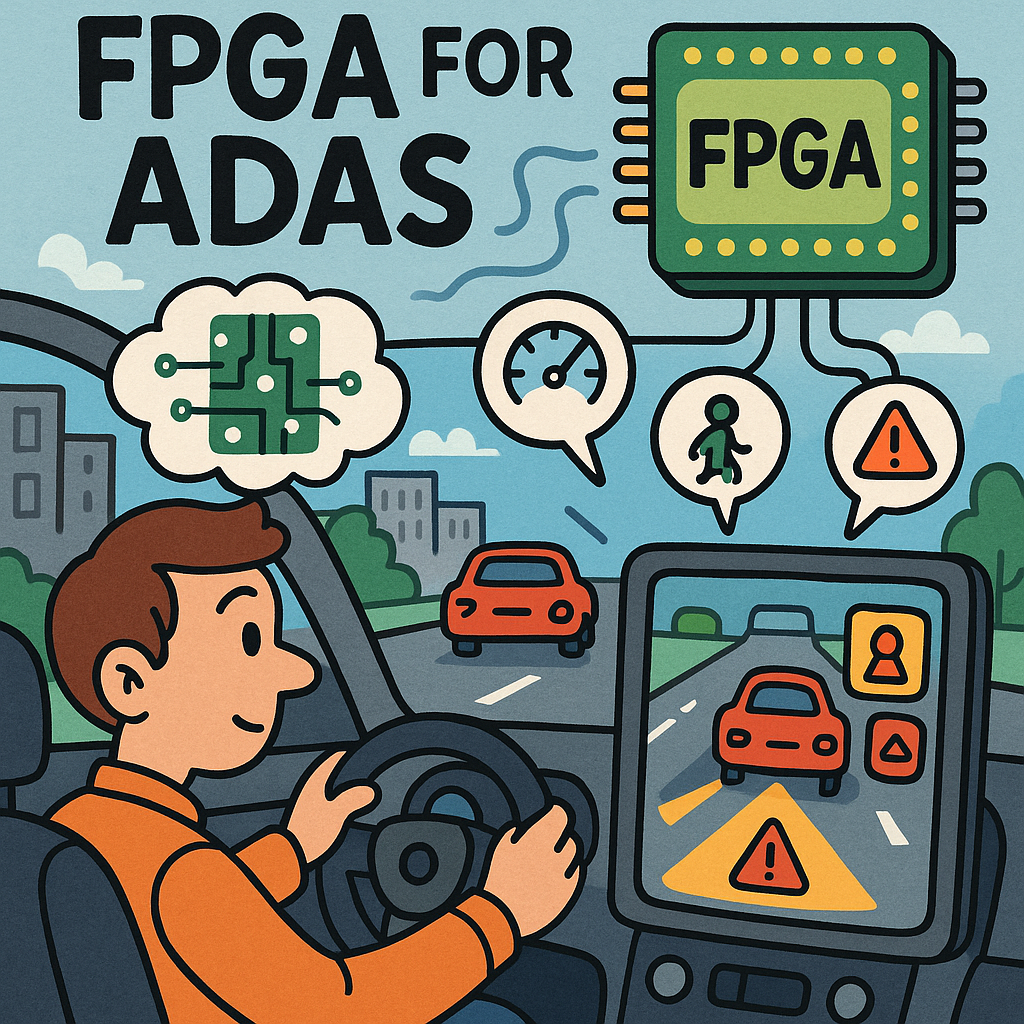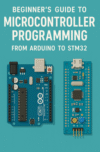Understanding the Role of FPGA in Automotive ADAS
As we navigate the fast-paced world of automotive technology, one thing is clear: the need for real-time data processing in Advanced Driver-Assistance Systems (ADAS) has never been more crucial. With the increasing complexity of vehicles and the demand for enhanced safety features, traditional processing methods often fall short. Enter Field Programmable Gate Arrays (FPGAs), which are revolutionizing the way we approach data processing in this sector.
The Challenge of Real-time Data Processing
In the realm of ADAS, vehicles need to analyze vast amounts of data from various sensors—cameras, LiDAR, radar, and more—almost instantaneously. This is no small feat. The traditional reliance on microcontrollers or even microprocessors can lead to bottlenecks, particularly when it comes to handling the high data throughput necessary for features like lane-keeping assistance and adaptive cruise control.
Imagine a scenario where your vehicle’s system must make a decision in milliseconds to avoid a potential collision. If the processing unit lags even slightly, the consequences could be dire. This is where FPGAs shine. Their parallel processing capabilities allow them to handle multiple data streams simultaneously, ensuring that critical decisions can be made in real-time.
FPGA-Based Embedded Solutions: A Game Changer
FPGA-based solutions offer a flexible and scalable approach to embedded systems in automotive applications. Unlike fixed-function chips, FPGAs can be reconfigured to suit specific needs, making them perfect for the rapidly evolving landscape of automotive technology. Here are a few reasons why FPGAs are becoming the go-to choice for ADAS implementations:
- Customizability: Designers can tailor FPGA architectures to meet the unique requirements of specific ADAS applications, from image processing to sensor fusion.
- Performance: With the ability to execute multiple operations in parallel, FPGAs provide the speed necessary for real-time data processing.
- Lower Latency: The architecture of FPGAs minimizes latency, which is critical for safety applications where every millisecond counts.
- Long-Term Viability: As automotive technology continues to evolve, the ability to reprogram FPGAs allows manufacturers to adapt to new standards without needing to replace entire systems.
Integrating FPGA Solutions into Existing Systems
The integration of FPGA-based solutions into existing automotive systems isn’t without its challenges. Engineers must find a balance between performance and cost, all while ensuring that safety and regulatory standards are met. This is where a deep understanding of hardware-software integration comes into play.
Consider the example of a vehicle’s perception module, which relies heavily on real-time data from various sources. By implementing an FPGA in this module, engineers can streamline the data flow and enhance processing capabilities without overhauling the entire architecture. The result? A more efficient system that can handle complex tasks such as object detection and classification with remarkable accuracy.
Future Trends in ADAS and FPGA Technology
As we look to the future, several trends are likely to shape the landscape of ADAS and FPGA technology:
- Increased Use of AI: The integration of AI algorithms with FPGA architectures will enable even more sophisticated real-time decision-making.
- Edge Computing: Moving data processing closer to the source will reduce latency and bandwidth usage, making FPGAs a perfect match for edge computing solutions in automotive applications.
- Regulatory Developments: As governments around the world push for stricter safety regulations, the adaptability of FPGAs will prove invaluable in meeting these new standards.
Conclusion: Embracing the Change
As the automotive industry continues to evolve, embracing FPGA-based embedded solutions in ADAS is not just a trend; it’s a necessity. The ability to process data in real-time, coupled with the flexibility and scalability of FPGAs, positions them at the forefront of automotive innovation. For engineers and industry professionals, this is an exciting time to be involved in embedded systems, as the shifts we make today will undoubtedly shape the future of driving. So, let’s continue to push the boundaries of what’s possible and embrace the technology that drives us forward.



